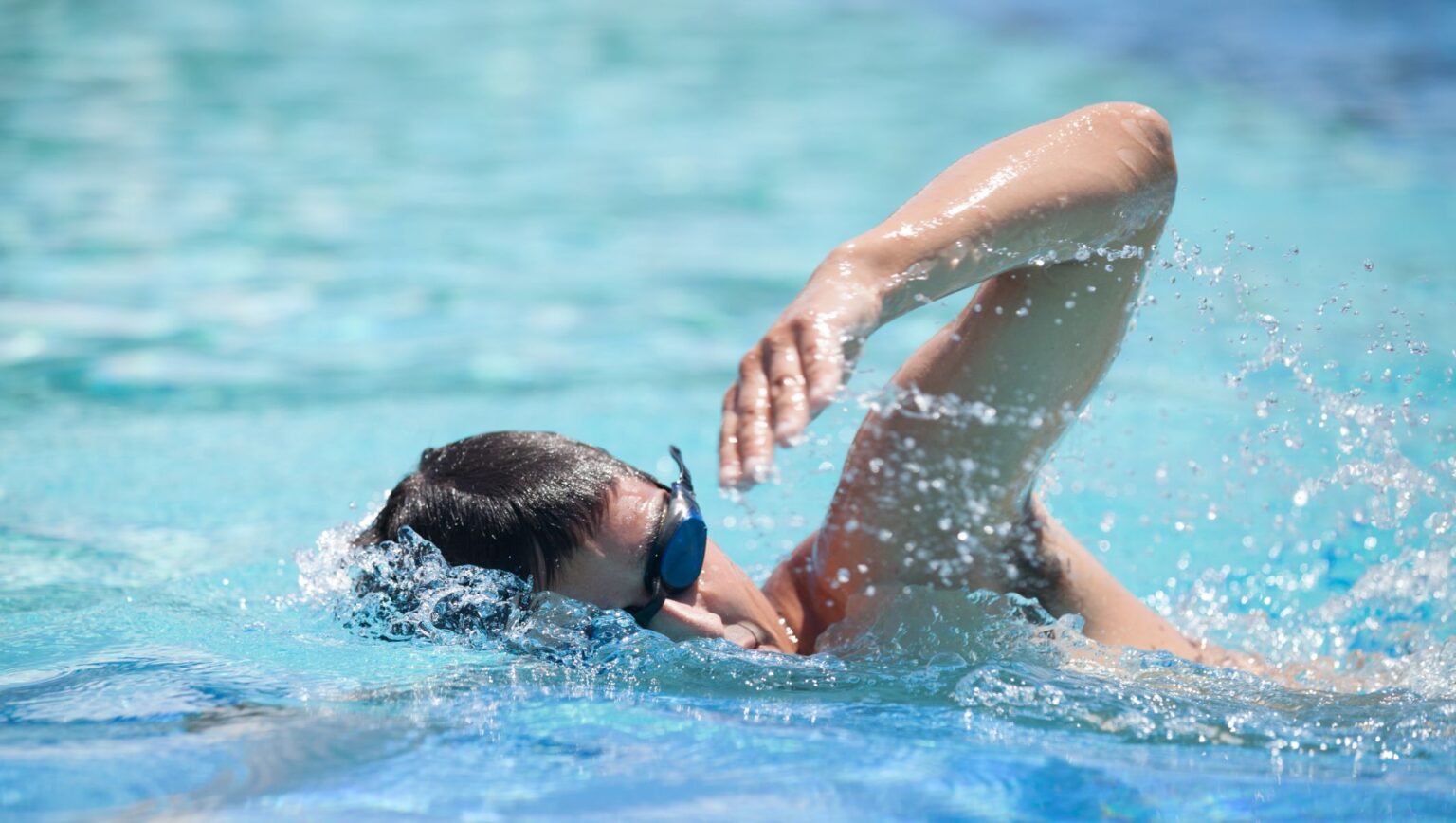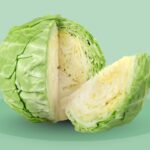For the beginner or intermediate swimmer, bloating, belching, and stomach pains often accompany a long swim. The potential reasons for experiencing these symptoms during or after exercising vary, but swallowing air (aerophagia), eating habits, blood flow, and digestion issues (among others) can all contribute, according to Chris Carmichael , the founder of CTS, an endurance coaching practice in Solvang, California. With these potential causes in mind, try targeting each one to help determine which factor is causing you to experience gastrointestinal (GI) distress while swimming.
Learn Proper Breathing Techniques Different breathing techniques work best with different swimming strokes, says WeAcquatics , a swimming school with several locations in the Washington, D.C., area. Making sure you’re breathing properly lowers your risk of swallowing air or water, both of which can lead to GI upset, says Reliant Medical Group , a healthcare system in Massachusetts. When it comes to a basic beginner freestyle stroke, you’ll want to start out with the basic side breathing technique to ensure you don’t swallow air or water. Keeping your neck long, angle your face down. With each stroke of your arm, turn your head to the same side, so that your mouth is just above the water. Then inhale through your mouth. Turn your face back down, exhaling into the water, as you stroke the other arm, and prepare to turn your head to that side. Repeat the inhale once your mouth is above water. Continue alternating which side you breathe on each time you switch arms. Breathe every three strokes to begin; once your breathing is smooth, breathe once every two strokes. Focus on turning, but not lifting, your head to breathe. Also, make sure you’re not holding your breath. With other strokes, the techniques will vary slightly, so make sure you know the optimal technique for each one before getting in the pool.
Cut Out Sweets and Fizzy Treats According to Northwestern Medicine , chewing gum, eating hard candy, consuming foods with sugar substitutes like sorbitol and xylitol (among others), and drinking carbonated beverages can all contribute to abdominal bloating. Drinking with straws — which is common when drinking sodas — can also add to it, as you ingest small amounts of air this way. Eliminating these from your diet, at least on the days you plan to swim, can reduce the amount of gas in your GI tract.
Avoid High-Fat Foods Before Swimming Eating a meal with a high fat content before doing laps can also contribute to gas buildup in your digestive system, according to the Cleveland Clinic . Because fats take so long to digest, it can lead to gas building up, which is the last thing you want right before you jump into the pool. Skip high-fat cuts of meat, fried foods, and other high-fat delicacies the day of a workout.
Maintain Optimal Fiber Intake Either too little or too much fiber can contribute to GI issues, Northwestern Medicine says. When you don’t get enough fiber, which helps move food through your digestive system, meals and snacks stick around longer than is ideal, allowing gas to build up. But eating too much fiber, particularly insoluble fiber, the kind that doesn’t dissolve in water, can also produce a lot of gas. According to the U.S. Food & Drug Administration , you should aim for 28 grams of dietary fiber each day. Make sure to drink plenty of water to keep the fiber moving through your GI tract.
Find Out if FODMAPs Are Affecting You Some people have trouble digesting certain carbohydrates that are fermented by the bacteria in the gut, creating gas, the Cleveland Clinic says. These are called FODMAPs (fermentable oligosaccharides, disaccharides, monosaccharides, and polyols). While this is most common in those with irritable bowel syndrome (IBS) and small intestinal bacterial overgrowth (SIBO), others may also experience symptoms including gas, bloating, abdominal pain, and nausea when they eat FODMAP-rich foods. FODMAPs are found in many foods, particularly in fruits, vegetables, grains, honey, and some proteins, such as dairy and legumes. To test whether these carbs upset your digestive system, you can try a short-term elimination diet, followed by a slow reintroduction of foods that contain them. Many people with an intolerance find that it’s dose-dependent; small amounts don’t create symptoms, but larger amounts do. Talk to a registered dietitian if you need help figuring out which FODMAPs might be causing your digestive issues — it can be complicated.
Discover Whether Dairy Is Doing Harm According to the Cleveland Clinic , many people are intolerant to lactose, the main carbohydrate in dairy. Eating dairy products that contain lactose can lead to GI upset — cramping, diarrhea, and gas are all common. There are many solutions if this is your problem: You can avoid dairy products altogether, take a digestive enzyme supplement when you eat dairy, or try one of the many lactose-free dairy products on the market. Plant-based dairy products contain no lactose, so soy-, oat-, coconut-, and almond-based foods are always a safe bet.
Take a Break to Regulate Your Blood Flow According to research , during exercise, blood flow to the digestive system is reduced. Intestinal ischemia — when less blood flows to the intestines — is the main cause of abdominal pain, diarrhea, nausea, and vomiting. This lack of blood flow is temporary but causes damage to the GI tissues, triggering an inflammatory response. Once you take a break or end the workout, your body should be able to send blood back to the digestive system, along with chemicals that mediate the inflammation and repair the damaged tissue. Talk to your doctor if these tips don’t resolve your swimming-related GI distress.
Read the full article here
Leave a comment




